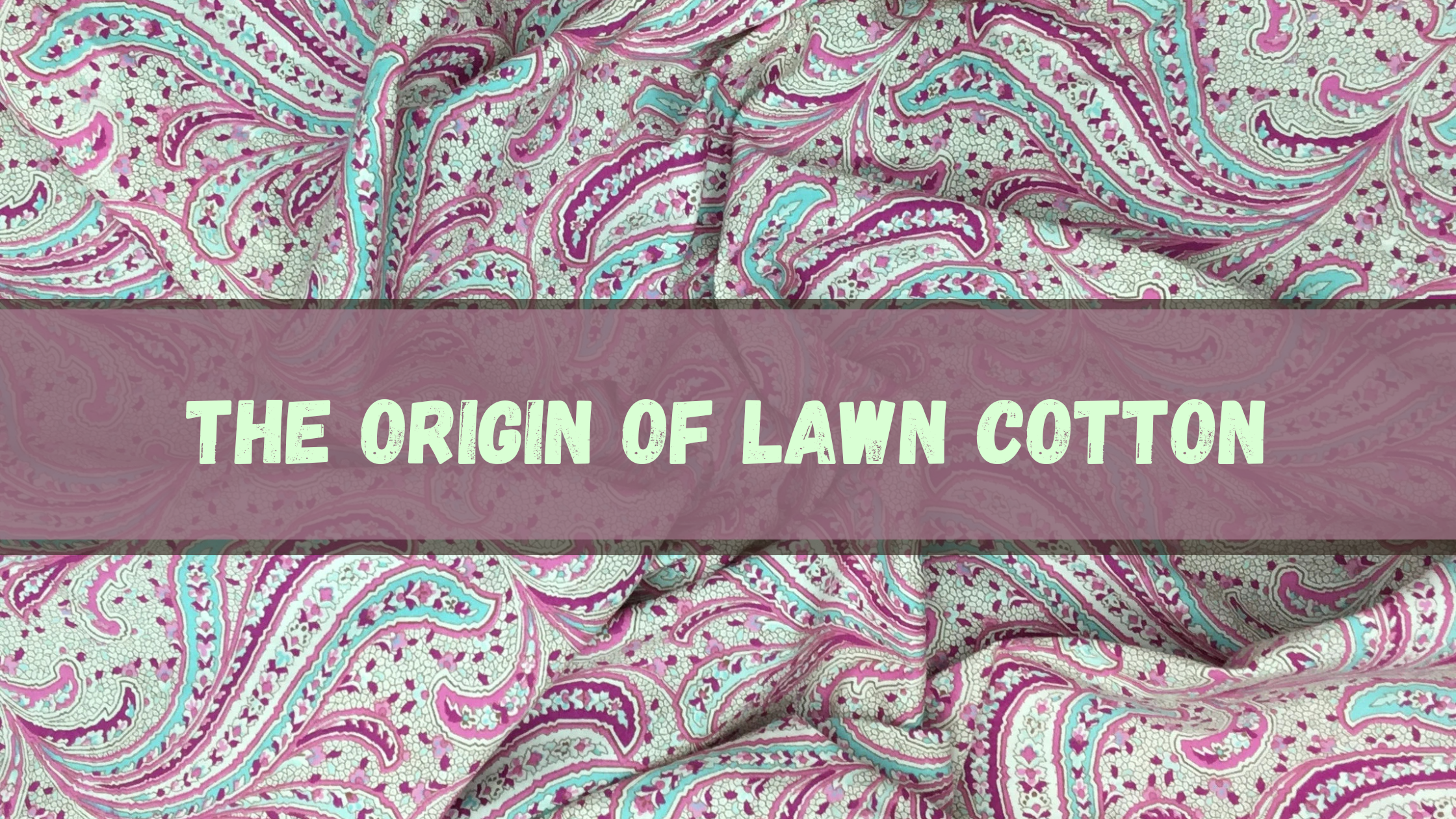Lawn cotton suits have become a staple in South Asian fashion, known for their lightweight, breathable fabric and elegant designs. While originally popularized in Pakistan, lawn cotton suits have made a significant mark in the Indian fashion industry as well. This evolution has not only influenced the textile market but also expanded the accessibility of these luxurious ensembles to a wider audience. In this blog, we will explore how lawn cotton suits have transitioned from a Pakistani fashion essential to a sought-after trend in India.

The Origins of Lawn Cotton
Lawn cotton has its roots in fine textile manufacturing, dating back to the Mughal era. The fabric was originally produced in the city of Lahore, Pakistan, which remains a hub for lawn cotton production today. The popularity of lawn cotton suits in Pakistan soared due to their comfort and ability to withstand the hot and humid climate. The fabric’s soft texture, durability, and luxurious feel made it a favorite choice among women.
The Rise of Lawn Cotton in Pakistan
In Pakistan, lawn cotton suits gained immense popularity in the early 2000s when top designers like Gul Ahmed, Alkaram, and Sana Safinaz began creating high-end collections. The concept of designer lawn revolutionized the fashion industry, making premium-quality fabric available in a variety of colors, prints, and embroideries. Every year, with the onset of summer, brands launched new lawn collections, often accompanied by grand marketing campaigns featuring top Pakistani celebrities.
The Entry of Lawn Cotton into India
The cross-cultural influence between India and Pakistan has always been evident in fashion. Over time, the demand for Pakistani lawn cotton suits in India grew significantly. Indian women admired the intricate designs, delicate embroidery, and superior fabric quality. However, due to trade restrictions and import limitations, the availability of original Pakistani lawn suits was limited in India.
This demand led to the rise of Indian-manufactured lawn cotton suits, which replicated the style, prints, and quality of Pakistani originals. Indian textile manufacturers, especially in Gujarat, Surat, and Delhi, started producing lawn cotton suits that catered to Indian tastes while maintaining the essence of Pakistani fashion. The affordability and accessibility of these locally produced lawn suits further fueled their popularity.
The Adaptation of Lawn Cotton in Indian Fashion
As lawn cotton suits became increasingly available in India, local designers began incorporating regional influences to appeal to the Indian audience. Unlike the heavily embroidered or digitally printed Pakistani lawn suits, Indian versions often featured:
- Traditional Indian motifs like paisley, florals, and Mughal patterns
- A mix of embroidery styles such as Lucknowi chikankari and zari work
- Color palettes suited to Indian festivals like vibrant reds, oranges, and pinks
- Customizable unstitched suits allowing women to tailor outfits according to personal style
This fusion of Pakistani lawn aesthetics with Indian craftsmanship resulted in a unique, hybrid style that became immensely popular among Indian women, especially for casual and festive wear.
The Role of E-Commerce in the Growth of Lawn Cotton Suits
With the rise of e-commerce and social media, Indian shoppers gained easier access to lawn cotton suits. Online platforms like Amazon, Flipkart, and dedicated ethnic wear websites started offering a wide range of Indian-manufactured lawn suits. Additionally, Instagram and Facebook-based sellers played a major role in promoting the trend, with many boutiques curating exclusive Pakistani-inspired collections for Indian buyers.
E-commerce also allowed fashion enthusiasts to stay updated with the latest trends from Pakistan and adapt them into Indian designs. This digital transformation played a crucial role in making lawn cotton suits a household name in India.
The Future of Lawn Cotton Suits in India
The Indian market for lawn cotton suits continues to expand, with increasing innovation in prints, patterns, and embroidery styles. As designers experiment with blends like viscose lawn, rayon lawn, and silk-infused lawn, the fabric is evolving to cater to a diverse range of preferences. Additionally, with the growing emphasis on sustainable and eco-friendly fashion, lawn cotton—being a natural fabric—aligns with the global shift towards sustainable clothing.
Conclusion
The evolution of lawn cotton suits from Pakistan to India is a testament to the deep cultural and fashion ties between the two nations. What began as a niche trend has now transformed into a mainstream fashion statement in India, offering comfort, elegance, and affordability. As the demand for these suits continues to grow, Indian manufacturers and designers are set to elevate the industry further, making lawn cotton suits an essential part of Indian wardrobes for years to come.

